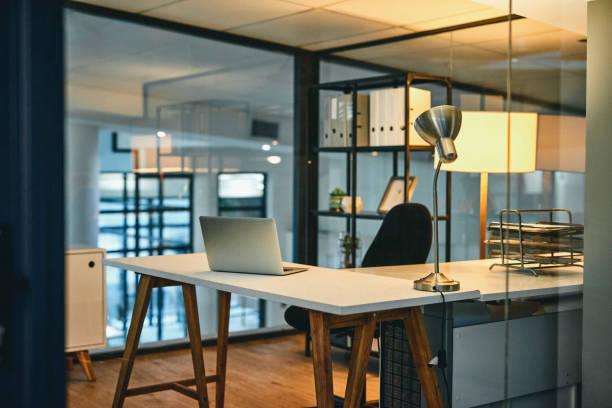In today’s complex digital era, the Internet offers a plethora of opportunities for individuals to generate online income. From affiliate marketing to e-commerce, freelance work, and content creation, there are numerous avenues to explore for creating a sustainable online income stream.
Through resources like make money online, you can gain excellent insights on various ways to earn money online and start your journey towards financial freedom.
Understanding Affiliate Marketing
Firstly, it’s beneficial to understand how affiliate marketing works, as it is a popular and lucrative method for earning passive income online. Essentially, affiliate marketing involves promoting products or services offered by other companies and earning a commission for each sale or referral made through your unique affiliate link.
By partnering with reputable affiliate programs and strategically promoting products to your target audience, you can generate a steady stream of passive income through affiliate commissions.
Leveraging Expert Advice
Following the advice and guidance of experts in the field of affiliate marketing can significantly increase your success and profitability. Industry experts provide valuable insights, strategies, and best practices for maximizing your affiliate earnings, optimizing your marketing efforts, and building a sustainable income stream.
By learning from affiliate marketing experts and implementing proven tactics, you can avoid common mistakes, accelerate your growth, and achieve greater financial success in your online endeavors.
Implementing Effective Tactics
To maximize passive income through affiliate marketing and other online income sources, it is essential to implement effective tactics and strategies. Key tactics include:
- Choosing the right niche: Select a niche that aligns with your interests, expertise, and target audience to maximize your marketing efforts and conversions.
- Creating quality content: Produce engaging and high-quality content that adds value to your audience and promotes the products or services you are affiliated with.
- Building a strong online presence: Utilize social media, email marketing, SEO, and other digital marketing channels to effectively reach and engage your target audience.
- Testing and optimization: Continuously test and optimize your marketing strategies, content, and promotions to improve conversion rates and maximize your earnings.
By applying these tactics and continuously refining your approach based on expert advice and industry insights, you can enhance your online income generation efforts, build a sustainable passive income stream, and achieve financial success in the digital realm.
Benefits of Passive Income
One of the main benefits of passive income, such as that generated through affiliate marketing, is the ability to earn money steadily with minimal ongoing effort.
Passive income streams allow you to leverage your time and resources effectively, earn money while you sleep or focus on other ventures, and create long-term stability and financial freedom.
By building multiple passive income streams and applying effective strategies, you can diversify your income sources, mitigate risks, and unlock potential for exponential growth and financial abundance.
In conclusion, it is important to note that generating online income through proven methods like affiliate marketing requires a combination of expertise, strategic planning, and consistent effort. By following expert advice, implementing effective tactics, and harnessing the power of passive income, you can unlock a world of opportunities for financial success, independence, and prosperity in the digital age.
Apart from that, if you want to know about Business Or Corporate Card Then please visit our Small Businesses category.












